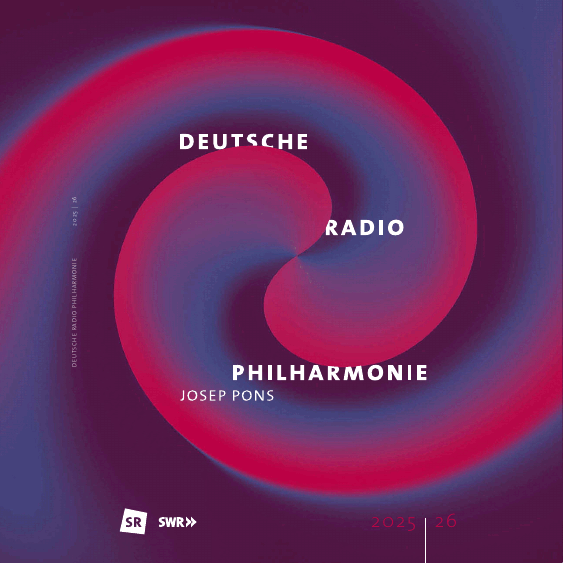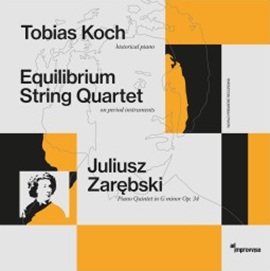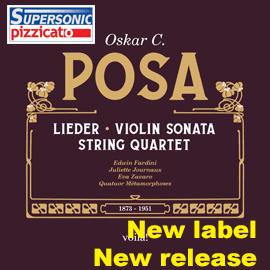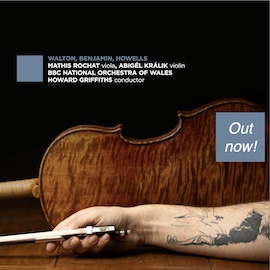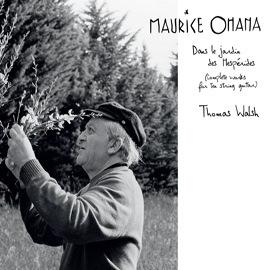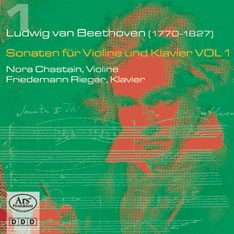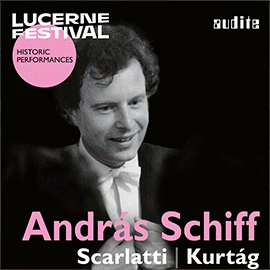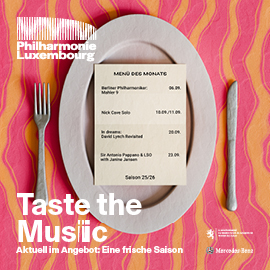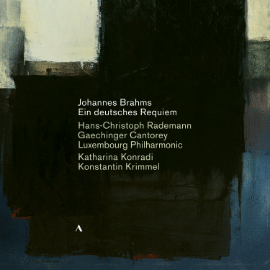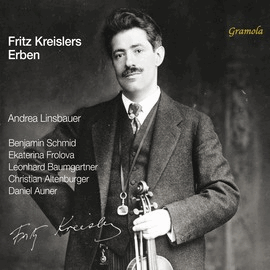Es ist nicht nur der ständige, echte Dialog zwischen der Pianistin und dem Geiger, der diese Interpretationen so attraktiv macht: Nein, es sind die Inspiration, die Gefühlskraft und die Rhetorik, die diese Beethoven-Einspielungen spannend werden lassen.
Beethoven nennt im Werktitel das Klavier vor der Violine und weist damit auf die Wichtigkeit des Instruments hin, das hier auf keinen Fall die Violine nur begleiten soll. Rieger ist sich dessen voll bewusst und geht den Klavierpart mit größter Musikalität und Eigenständigkeit an. Er akzentuiert sehr deutlich und bleibt immer präsent, obwohl er sein Spiel immer dem der Geigerin anpasst. Diese lässt ihrem Spiel freien Lauf. Die beiden ergänzen sich vorzüglich.
Dabei treffen sie immer sehr gut den Charakter der Stücke. Insgesamt vermeiden sie Extreme, selbst die c-Moll Sonate klingt nicht so robust und aufgewühlt wie bei anderen Interpreten. Auch pure Virtuosität und Brillanz ist nicht ihr Ding. Was diese Aufnahme von anderen unterscheidet und damit auch hervorhebt, ist ihre betont lyrische Auffassung.
In den Interpretationen gibt es viel Anmut und Eleganz, viel Frische, auch, wenn notwendig, mehr Energie. Aber der Grundduktus ist am Schönen ausgerichtet und nicht am Schroffen.
Was mir am meisten gefällt, sind die wirklich beseelt gespielten langsamen Sätze, denen Nora Chastain und Rieger sehr viel Zärtlichkeit und Anmut verleihen.
Diese hohe Empfindlichkeit schafft ganz wunderbare Momente voller bewegender Musik.
It is not only the constant, genuine dialogue between pianist and violinist that makes these interpretations so attractive: No, it is the inspiration, the emotional power and the rhetoric that let these Beethoven recordings become so exciting.
In the title of the work, Beethoven mentions the piano before the violin, indicating the importance of the piano, which is by no means meant to accompany the violin. Rieger is fully aware of this and approaches the piano part with the greatest musicality and independence. He accentuates very clearly and is always present, although he always adapts his playing to that of the violinist. She gives free rein to her playing. They complement each other perfectly.
They always capture the character of the pieces very well. On the whole, they avoid extremes, even the C minor Sonata does not sound as robust and agitated as with other interpreters. Pure virtuosity and brilliance is not their thing either. What sets this recording apart and makes it stand out is its emphatically lyrical approach.
There is a lot of grace and elegance in the interpretations, a lot of freshness, even, when necessary, more energy. But the basic style is one of beauty, not harshness.
What I like most are the slow movements, played with real soul, to which Nora Chastain and Rieger add a great deal of tenderness and grace.
This great sensitivity creates wonderful moments full of moving music.



